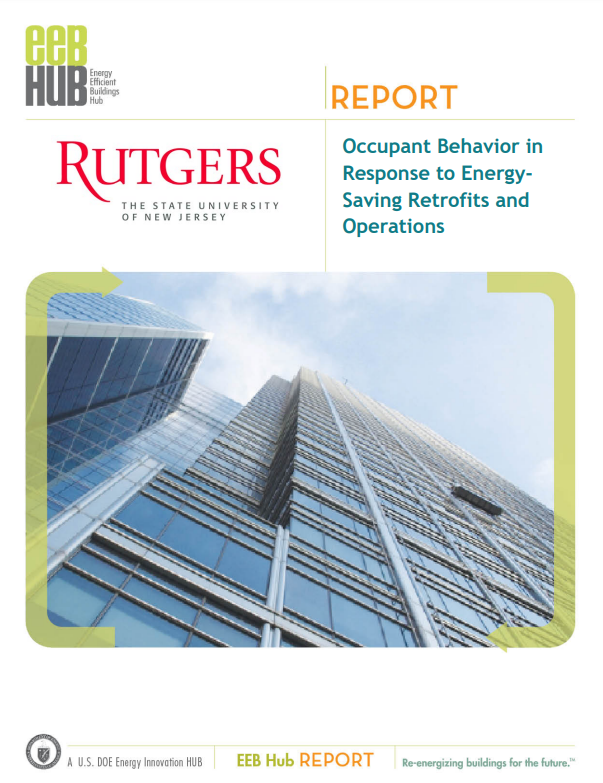This study addresses occupant response to energy saving technologies and load shedding in the workplace. Particular focus is placed on satisfaction with environmental factors, usability of the new systems, work quality and productivity, and health. Two case studies of office buildings are presented in which occupant response to environmental conditions is tracked, including changes in response during periods of load shedding. The load shedding involved planned reduction of electrical consumption within each building, through reductions to both HVAC and lighting systems. The research questions asked whether these changes produced noticeable responses from the occupants in how they felt about ambient conditions in the workplace.
The study’s findings are suggestive about the characteristics of buildings that are more conducive to load shedding that is acceptable or even viewed positively by building occupants, and the extent to which typical office buildings may be overcooled during the summer and shoulder months.
Also, the degree to which the load shedding causes a significant change in the perceived quality of environmental conditions appears to be a function of 1) how big the change in conditions (percentage change in lighting levels and temperature/airflow) – small changes may be beneath the threshold of detection and have minimal impacts; and 2) how satisfactory existing conditions were prior to load shedding. Therefore, larger changes in conditions, in terms of percentage of decrease in power to HVAC and lighting, are likely to be detected and may affect comfort, satisfaction, productivity, and stress. The strength of the effect and the direction of change depends on qualitative factors of building systems and nature of the load shedding, as well as prior levels of satisfaction.
These grounded hypotheses, resulting from this work, will be tested on additional buildings in BP3 en route to producing a roadmap with our industry partners regarding how to scale up successful energy efficiency interventions in commercial buildings. The data collection associated with the current effort should be viewed as a pilot, as conditions for and timing of the load shedding were evolving even as instruments were being developed and tested on site. This resulted in in data collection from a relatively small number of testing days and research subjects.
